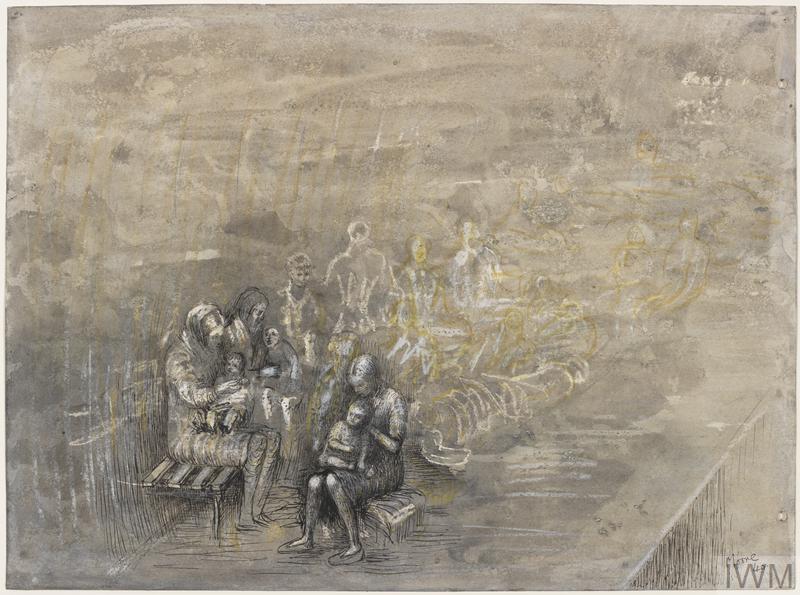Renaissance Blog Post - Garden of Earthly Delights
Hieronymus Bosch's Garden of Earthly Delights is a mad scramble of shapes and colours that is hard to understand even on a second viewing. On the left, God presents Adam with Eve, the scenery calm and peaceful, utilizing soft curves and gentle greens to invoke a sense of quiet. Yet the pale, almost glowing forms of Adam and Eve contrast sharply with the subdued pallet, as if to suggest they don't belong. the middle portion of the work is an endless sea of depravity, fantasy, and pleasure, with God notably missing from the picture. The composition of this segment is far more cluttered, with bright colours and exaggerated visuals to contrast with the softness of Eden. Mermaids, often symbols of lust and misfortune, can be seen in the waters surrounded by mankind, and men ride atop unicorns, symbols of purity, as if lessening the value of such a thing. This is also notable because of both creatures ties to magic, something often looked down upon and excluded from Christian media. The third and final panel is a sudden departure from the green landscapes of the previous two scenes; darkness and torture fill the space, with humans falling victim to various demons and misfortunes. When looking at all three panels together, it can cause a feeling of dread, seeing that the actions of humanity, when corrupt, lead to such a dreaded outcome.
Aside from being visually stunning, the Garden of Earthly Delights is also a political statement. Commissioned by the counts of Nassau in Brussels, this piece was displayed within their palace, a building which often held diplomatic receptions. It was created during a time when religion was on a decline and capitalism was beginning to arise, and could be viewed as a warning; should mankind continue to seek pleasure and profit and stray from religion, they would be doomed for damnation.
I myself would rather like to have a copy of this work someday, as it has interesting visuals and is unique when compared to other works from the renaissance. Most people think of soft oil paintings and elegant scenery when thinking of renaissance art. This work, with it's demanding visuals and bizarre subject matter, forces the viewer to think, to look, and to have an open mind towards what qualifies as renaissance work.
Information sourced from:




Comments
Post a Comment